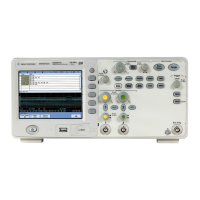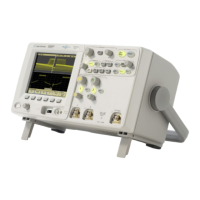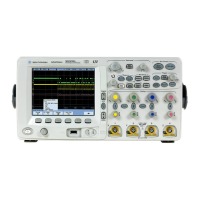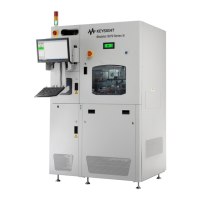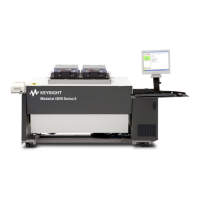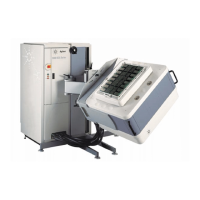Chapter 1 Planning Your Measurements
Planning and Storing a Calibration Program
1-4 Measurements Reference Guide
Planning and Storing a Calibration Program
If you are having a program written that will use an auxiliary relay on the
machine to trigger the laser reading, do the following:
• Determine the dwell time.
• Map out the connections to the laser remote control switch before
starting to test the program.
• Before having the programmer write the program to increment the
machine, determine the number of measurements you want to make.
Keep in mind that the interval between measurement points must not
be an integer multiple of the pitch of the position feedback device. If it
is, you might miss some cyclic errors. However, note that some older
correction schemes require a fixed interval in order for correct error
interpolation.
After the calibration program is written and debugged, you can store it in
your CAM system so you can later recall it. It is important that you use
the same machine program for each calibration so you can track accuracy
and repeatability over time.
Coordinating Multiple Types of
Measurements
If you plan to make more than one type of measurement on a machine,
follow these guidelines:
• Make all measurements that require the same optics at the same time
(one after the other). Then, change the optics to make other types of
measurements.
There are three basic types of optics: linear, angular, and
straightness. Linear measurements use the linear optics. Angular
measurements use the angular optics. Straightness, squareness, and
parallelism measurements use the straightness optics.

